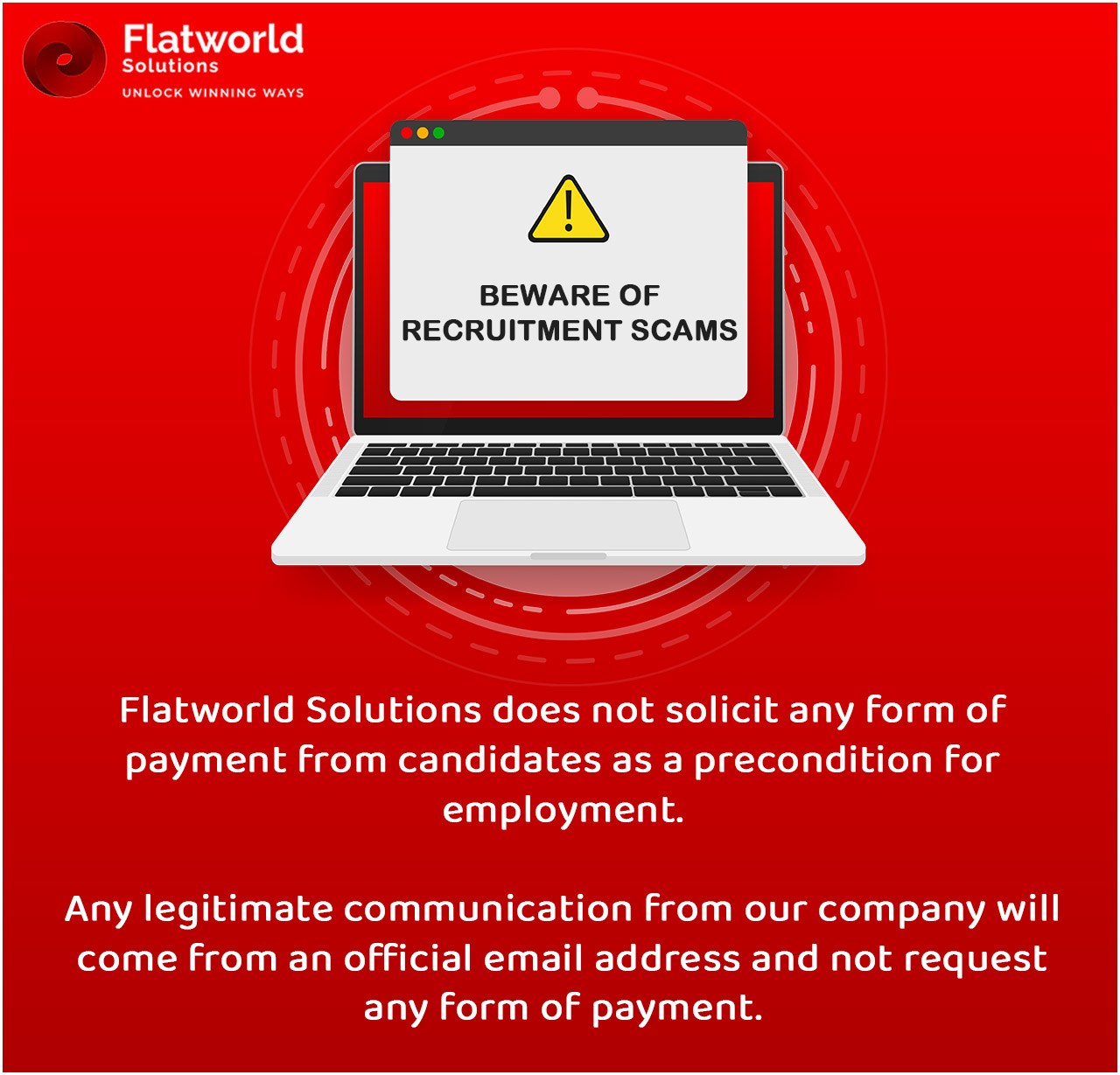Microfilming, or microphotography, is the process of reducing images to a very small size, such that they can only be read with optical assistance. This photographic compression technique helps save almost 99% of the space, and therefore is extensively used for archiving a wide variety of paper based information. For major newspaper conglomerates and global businesses, microfilming has become the primary method for creating paperless repositories of print media, important records etc.
The Importance of Microfilming
Microfilms are necessitated by the fact that a large percentage of books, newspapers, government and official records etc. deteriorate over time, and require a lot of time and effort to archive. By utilizing a combination of modern film processing technology and climate-controlled archive vaults, microfilm images can easily last 500 years - far longer than any paper stock.
Microfilm formats which are most commonly used are -
- 16mm film roll - The 16mm film roll is generally used for photographic and archiving letter sized paper documents, and has found extensive use in government offices and other businesses, especially for company records, important documents etc.
- 35mm film roll - It is the standard size of microfilm used for engineering drawings as well as newspapers. This film is developed and then rolled on 100 feet long film rolls. Typically, a 35mm x 100 foot microfilm contains between 600-700 images
The Requirement for Microfilm Scanning
Even with the advancements made in microfilm technology, the process still has some inherent demerits, such as -
- Specialized microfilm equipment to print as well as view microfilms is very costly
- Getting access to a specific document within the microfilm roll is highly problematic and time consuming
- A single microfilm roll can only be used by one person at a time
- Microfilms require a substantial amount of storage space, and have to be indexed regularly so as to prevent mix-up
- Sharing of microfilm rolls is cumbersome and not as technologically driven as other electronic counterparts such as CDs, DVDs, hard drives etc.
Therefore, over the past few years, scanning microfilms and converting them into digital versions has become a convenient way to manage, view and even print the microfilmed image.
The requirement for microfilm scanning is further dictated by different variables such as -
- Scanning Cost
- Media importance and shelf life
- Obsolescence of technology
- Viewer accessibility and modes of sharing
- Space consideration
The Future of Microfilm Digitization
Although microfilming was first developed in the late 1800s as a technique for document preservation and archiving, it still being used today stands testament to its popularity as a method which works better than most archiving solutions. Microfilms being used today also have a far better image quality (2000 dpi) than most mass-market laser printers (600-1000 dpi).
At the same time, the simplicity and enhanced accessibility granted by microfilm scanning techniques cannot be disregarded, and therefore, a combination of both techniques could be an ideal strategy going forward. By microfilming all important documentary records to perpetually archive them in a durable format, businesses can ascertain to their longevity as well as ensure easy availability. At the same time, scanning the microfilm ensures that information is made accessible to as many people as required, and can also be shared over the internet or through other media. As a result, the original microfilms always remain safe and away from any damage.
If you are looking for an outsourcing partner to help fuel your growth, your search ends with Flatworld Solutions!
At Flatworld Solutions, we have the experience as well as the expertise to provide you with leading data entry services for your various data management outsourcing requirements, enabling your business growth. Contact us now for affordable, error-free, and premium quality document digitizing services suitable for both small and high-volume workloads.
Contact UsAvail best-in-class services at affordable rates
Our Customers





Case Studies
-
FWS Enabled A US-based Funding Company to Streamline Lead Data on Zoho
-
Streamlining Purchase Order Processing for a Leading IT Solutions Provider
-
Flatworld Provided Data Extraction for a Management Consulting Firm
-
Flatworld Solutions Provided Online Data Entry Services to Kansas-based Body Jewelry Client
-
Flatworld Solutions Provided Data Research and Extraction Services to an App-based Nightlife Aggregato

USA
Flatworld Solutions
116 Village Blvd, Suite 200, Princeton, NJ 08540
PHILIPPINES
Aeon Towers, J.P. Laurel Avenue, Bajada, Davao 8000
KSS Building, Buhangin Road Cor Olive Street, Davao City 8000
INDIA
Survey No.11, 3rd Floor, Indraprastha, Gubbi Cross, 81,
Hennur Bagalur Main Rd, Kuvempu Layout, Kothanur, Bengaluru, Karnataka 560077


